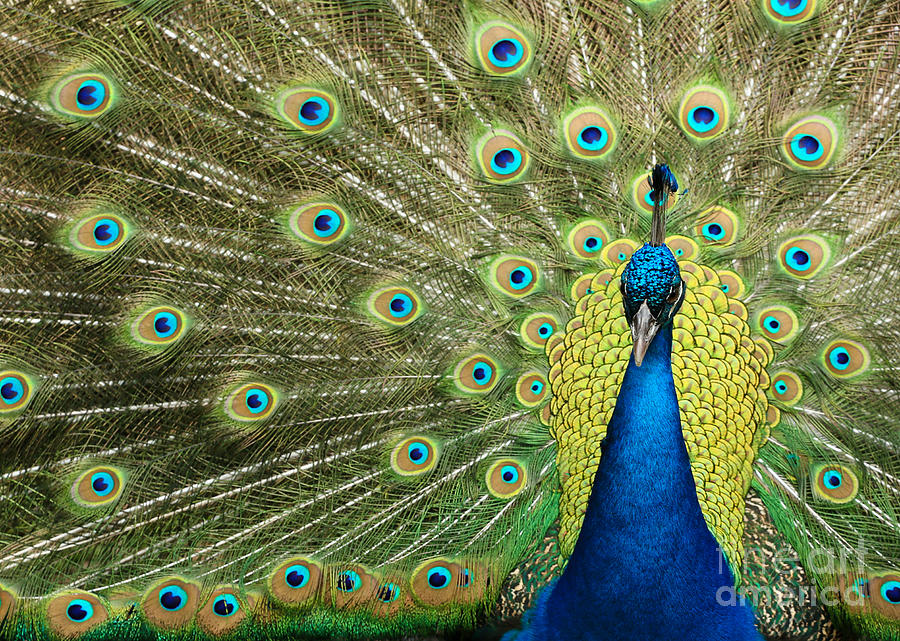The Soul and Nature: Purusha and Prakriti :
To,
All Members,
The apparent duality of Soul and Nature, or Purusha and Prakriti in the classical terminology, is the expression of an experience of consciousness along the way. As the seeker begins to focus inwardly and to consciously separate from the stream of action in the outer world of Nature, in order to discover the deeper or higher states of consciousness, a type of bifurcation occurs, whereby a gulf is felt between the inner “witness” and the outer “doer”. The Upanishads referenced this experience in the famous image of the two birds: “Two winged birds cling about a common tree, comrades, yoke-fellows; and one eats the sweet fruit of the tree, the other eats not, but watches. The Soul upon a common tree is absorbed and because he is not lord, grieves and is bewildered; but when he sees and cleaves to thta other who is the Lord, he knows that all is His greatness and his sorrow passes away from him.” (Sri Aurobindo, The Upanishads, pg. 370, Shwetashwatara Upanishad, Chapter IV, 6-7)
Sri Aurobindo describes these two apparent opposites: “On one side, he becomes aware of a witness recipient observing experiencing Consciousness which does not appear to act but for which all these activities inside and outside us seem to be undertaken and continue. On the other side he is aware at the same time of an executive Force or an energy of Process which is seen to constitute, drive and guide all conceivable activities and to create a myriad forms visible to us and invisible and use them as stable supports for its incessant flux of action and creation.”
The seeker can take his standpoint, at various times, in one or the other sides of this duality, and either find himself absorbed in the silent, inactive, unmoving status (called the Akshara Purusha) or else, driven or pushed along in the stream of action, absorbed in the motion (call the Kshrara Purusha). “These two different and opposite states of being alternate in him or else stand simultaneously over against each other; one silent in the inner being observes but is unmoved and does not participate; the other active in some outer or surface self pursues its habitual movements. He has entered into an intense separative perception of the great duality, Soul-Nature, Purusha-Prakriti.”
Sri Aurobindo
\\





Comments